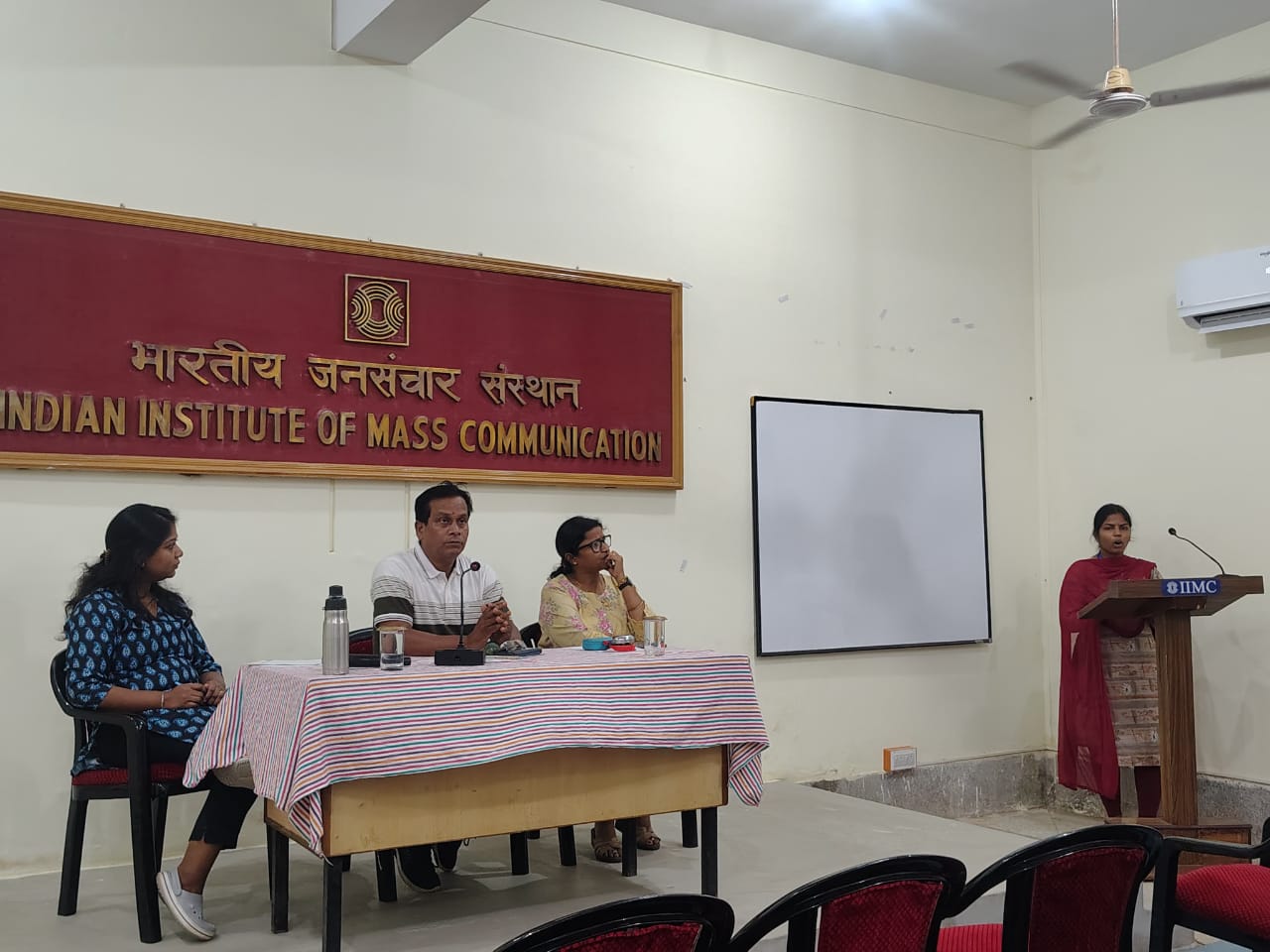Recent data from healthcare institutions worldwide have highlighted a concerning trend: a significant rise in breathing problems among young individuals. This surge in respiratory issues among youngsters, once largely associated with older demographics, has sparked alarm among health professionals and parents alike.
While respiratory problems such as asthma have long been recognized in children, the current surge appears to be more widespread and severe. Pediatricians and pulmonologists are reporting an influx of young patients presenting with symptoms ranging from chronic coughing and wheezing to shortness of breath and chest tightness.
Experts point to several potential factors contributing to this concerning trend:
- Air Pollution: Rapid industrialization and urbanization have led to heightened levels of air pollution in many regions. Youngsters, especially those residing in densely populated cities or industrial areas, are increasingly exposed to pollutants known to exacerbate respiratory conditions.
- Sedentary Lifestyles: The prevalence of sedentary behaviors, including prolonged screen time and reduced physical activity, has been linked to weakened respiratory health in children and adolescents. A lack of regular exercise can compromise lung function and increase susceptibility to respiratory ailments.
- Allergens and Irritants: Rising allergen levels, such as pollen and dust mites, coupled with exposure to indoor irritants like mold and pet dander, are triggering allergic reactions and respiratory distress in susceptible individuals. Changes in climate patterns may also be intensifying allergen distribution and exacerbating symptoms.
- Poor Indoor Air Quality: Inadequate ventilation and the presence of indoor pollutants, such as volatile organic compounds (VOCs) from household products and secondhand smoke, are contributing to poor indoor air quality. Prolonged exposure to these pollutants can irritate the respiratory system and precipitate respiratory issues in young individuals.
Health authorities are urging parents, educators, and policymakers to prioritize measures aimed at safeguarding respiratory health in children and adolescents. Strategies include promoting outdoor activities in cleaner environments, implementing air quality regulations, and advocating for lifestyle modifications that support lung health.
As the prevalence of breathing problems among youngsters continues to escalate, concerted efforts are needed to address the underlying causes and mitigate the impact on public health. Failure to act swiftly risks compromising the well-being and future prospects of the younger generation.





